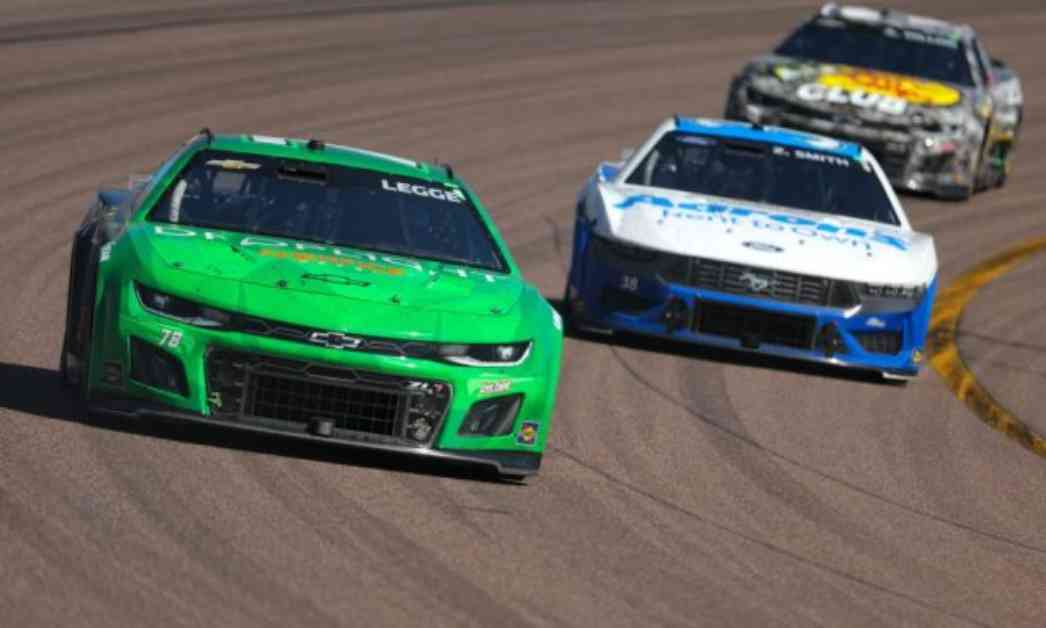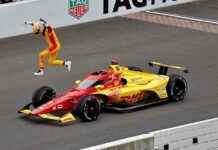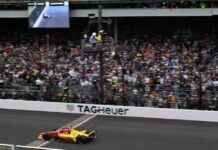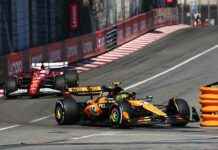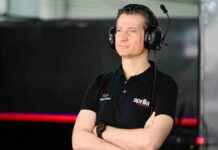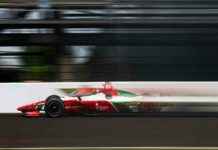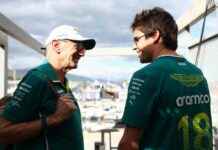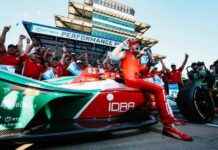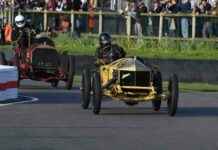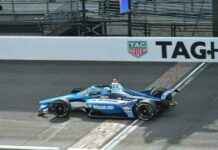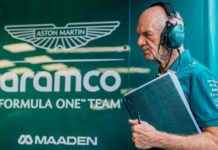NASCAR’s Approval Process under Scrutiny for Elite Drivers
In recent NASCAR Cup Series seasons, top names from various motorsport disciplines have graced the tracks, including Raikkonen, Button, Kobayashi, van Gisbergen, Kostecki, Rockenfeller, Castroneves, and Legge. These drivers have brought their A-game to NASCAR’s highest level, facing mixed outcomes. However, many have openly shared their struggles, emphasizing the intense competition, the aggressive racing environment, and the unique challenges of driving a Next Gen car.
On one hand, it speaks volumes about NASCAR’s quality that even seasoned professionals find it challenging to excel in the series, with van Gisbergen notably shining in Chicago in 2023. Yet, on the flip side, the difficulties faced by these esteemed drivers raise questions about the series’ approval process. The conversation intensified after Legge’s debut at Phoenix Raceway led to an incident involving Daniel Suarez, prompting a critical examination of how drivers are vetted and prepared for NASCAR competition.
Suarez, among others, has been vocal about NASCAR’s approach to approving drivers, expressing concerns about the lack of adequate preparation for the demands of the series. He highlighted the need for a shift in mentality, advocating for a more competitive environment rather than one where inexperienced drivers are expected to yield to seasoned competitors. This sentiment underscores the necessity for a revamped approval process that nurtures talent and ensures readiness for the rigors of NASCAR racing.
Challenges of the Approval Process
Jenson Button and Mike Rockenfeller, two luminaries from other racing realms, have dabbled in NASCAR in recent years, facing a steep learning curve upon entry. Suarez’s critique of the approval process sheds light on the gaps in preparing drivers for the Cup Series. The notion that drivers should be able to navigate notoriously tricky tracks like Bristol Motor Speedway and Martinsville Speedway without hindrance reflects a systemic issue that must be addressed.
Suarez’s call for a shift in mindset resonates with many in the NASCAR community, emphasizing the importance of fostering competitiveness among drivers rather than mere survival on the track. The ongoing debate about the approval process, echoed by Kyle Busch’s assertion that it is fundamentally flawed, underscores the urgency of reevaluating how drivers are evaluated and equipped for NASCAR races.
The Need for Enhanced Preparation
Beyond the approval phase, the lack of sufficient track time for drivers poses another significant challenge. While simulator training offers valuable insights, real-world experience remains irreplaceable. Suarez’s plea for more practice sessions and testing opportunities aligns with the sentiment that drivers need ample time to acclimate to the demands of NASCAR racing.
Kyle Busch’s suggestion of providing additional testing opportunities, albeit with financial considerations, highlights the practical hurdles that teams face in preparing drivers adequately. Denny Hamlin’s acknowledgment of the financial implications underscores the delicate balance between enhancing driver readiness and managing operational costs in NASCAR.
In conclusion, the revised approval process for NASCAR must prioritize comprehensive driver preparation, including ample track time and testing opportunities. By fostering a culture of competitiveness and equipping drivers with the necessary skills and experience, NASCAR can ensure that elite talents from diverse backgrounds thrive in the high-octane world of the Cup Series. Seat time remains a crucial component of driver development, regardless of one’s racing pedigree, underscoring the need for a holistic approach to driver approval and readiness in NASCAR.
